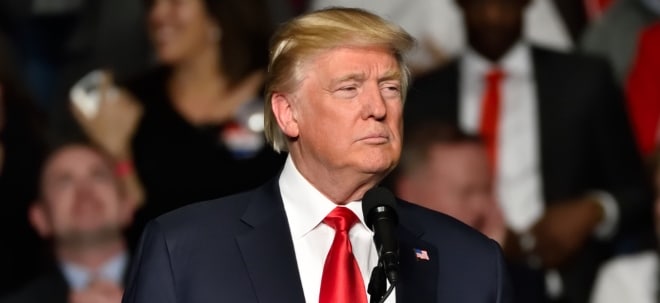"China caps 2009 output of tungsten, antimony, rare earth
BEIJING - China said Thursday it would impose a ceiling on the output of mineral resources like tungsten, antimony and rare earth in 2009 amid shrinking demand.
The move is aimed to protect China's reserves of these minerals, the Ministry of Land and Resources said in an online statement.
The country's tungsten ore concentrate output is limited to 68,555 tonnes this year; rare earth ore to 82,320 tonnes, and antimony ore to 90,180 tonnes, said the ministry.
These quotas on output were based on decreasing demand across the world as a result of the ongoing global financial crisis, said the ministry.
The ministry said it would also not take any license applications before June 30, 2010 for exploring the three resources.
China holds 40.5 percent of the world's proven tungsten reserves, and is the world's biggest antimony producer. The nation has a proven rare earth reserve of 52 million tonnes, or about 58 percent of the world's total.
The country started to cap the annual output of tungsten in 2002 and that of rare earth in 2006. It is the first time such restrictions have been placed on antimony.
The ceiling on tungsten ore concentrates (with tungsten trioxide content above 65 percent) last year was 66,850 tonnes, and that on rare earth ore at 87,620 tonnes.
The ministry said such caps are intended to stabilize global demand and supply of these products and ensure their sustainable use."
Was bedeutet das?
Nun, China schützt hier wohl taktisch seine REO Ressourcen. Eingekauft wird sich im Ausland (Lynas, Arafura,...) Ähnlich, wie es wohl die USA mit Öl handhabt.
So mischt man als mehr oder weniger REO-Monopolist weiter mit, kann über ausländische Ressourcen auch den ausländischen Markt bedienen. Gleichzeitig stützt bzw. puscht man sogar den Preis in die Höhe.
Was bedeutet das für Lynas?
Meiner Meinung nach nur Positives. Wie gesagt, einerseits wird der Preis gestützt, anderer seits sind alle nicht-chinesischen Abnehmer mehr oder weniger gezwungen ihre REOs bei "uns" zu kaufen. Viele Altrnativen gibt es (noch) nicht.
Die Chinesen selbst könnten ein Großabnehmer werden.
China will bis 2020 100GigaWatt(!!) aus Windkraft erzeugen. Dazu kann man auf www.proactiveinvestors.com.hk nachlesen (Direktlink auf den artikel geht leider nicht):
"To make the most efficient, lightest weight, lowest service wind turbine generator of electricity takes one ton of the rare earth metal, neodymium, per megawatt of generating capacity. This to to build the neodymium-iron-boron permanent magnet necessary for the generator to function.
The current production of neodymium is around 20,000 metric tons a year, and all of it is produced in China.
The world's demand for neodymium for current uses is now in balance with production.
If none of the world's current demand becomes obsolete, and in fact, if it grows then where is 100,000 metric tons of neodymium going to come from for China's projected 100 gigawatts of new wind generated electricity, if China opts for 100% neodymium-iron-boron permanent magnet type electric generators??
The answer is simple: Australia.
The two large rare earth mining operations now in the process of being acquired by Chinese companies, Lynas and Arafura, are said to be capable each of producing 20,000 metric tons of total rare earths per year; it is also said that one of them, Lynas, has higher than to be expected neodymium content in its ore body element distribution.
One problem that had dogged investors in Lynas recently was that if it were brought into full production there might be a surplus of neodymium thus paradoxically driving its price and the value of Lynas future production down.
That problem may now be solved. The new Chinese wind power plan would be able to take 100% of the Australian production of Lynas of neodymium for ten years of full production. Thus the current neodymium market would not be impacted."
Für mich eine WIN-WIN Situation. Die Chinesen beweisen ihr einmal mehr ihren Weitblick!
Was meint ihr dazu? |


 Thread abonnieren
Thread abonnieren

